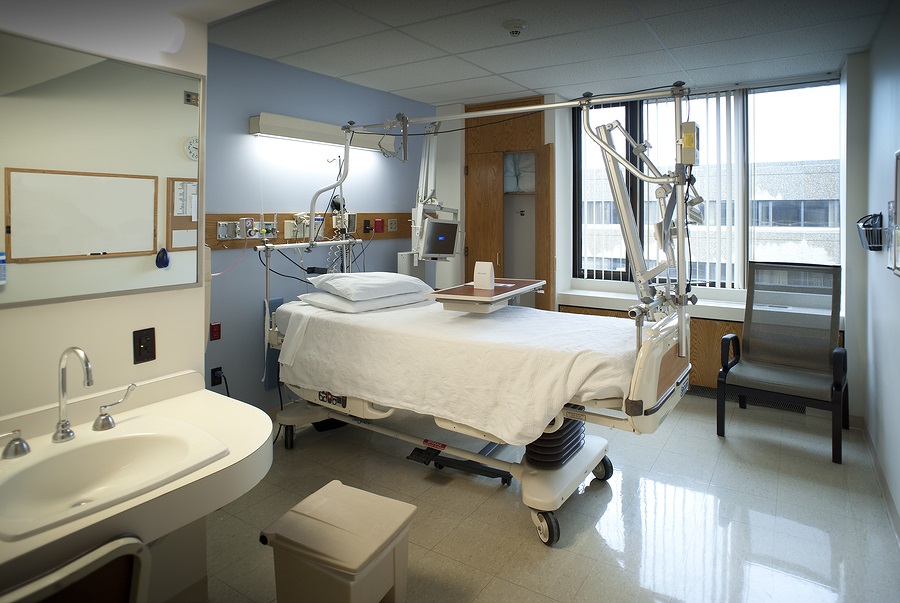Prevention of Hospital Acquired Pressures Sores (Bedsores)

The U.S. Department of Health & Human Services’ Agency for Healthcare Research & Quality (AHRQ) estimates 60,000 deaths each year from pressure sores acquired during hospital stays in the U.S. The AHRQ further estimates that hospital-acquired pressure sores affect 2.5 million patients each year with a cost of $9.1 to $11.6 billion to the U.S. healthcare system.
Finally, it is estimated that over 17,000 medical malpractice lawsuits are filed each year as a result. This makes hospital acquired pressure sore related claims the second most common medical malpractice lawsuit trailing only wrongful death claims (of which it is a subset).
In light of the fact that pressure sores are preventable, these numbers are truly startling and unacceptable. There are fairly well established and simple guidelines on prevention of pressure sores. The failure to adopt these protective measures constitutes severe and inexcusable medical negligence.
If you or a loved one has suffered serious personal injury or wrongful death as a result of a hospital-acquired pressure sore, Collins & Collins, P.C. is here to help. Give us a call at (505) 242-5958.
Pressure Sores are Never Events in Hospital Care
Stage III and Stage IV pressure sores are on the list of never events in hospital care meaning they should never happen. This makes the 60,000 deaths each year even more alarming.The list of protective measures is set forth below. However, the numbers from AHRQ should first be addressed with the point being that if you or your loved one has suffered serious injury or death from a pressure sore, do not buy into the myth of the frivolous medical malpractice claims crisis. Seek legal guidance!
More to the point, the statistics above are remarkable for any number of reasons. The one that stands out most with respect to the rights of innocent patients and families is the fact that only 17,000 suits are filed on 60,000 wrongful deaths each year. Hospital acquired Stage III and Stage IV pressure sores are considered never events in hospitals by both the AHRQ and Medicare. Presumably, the 60,000 deaths represent very serious pressure sores, Stage III or Stage IV, since less serious pressure sores would be highly unlikely to lead to death.
In short, 60,000 patients each year die as direct result of a “never event” in hospital care. One might expect that serious personal injury related to pressure sores would be exponentially higher than the rate of wrongful death. This means that 17,000 lawsuits represent a tiny fraction of the actual cases of medical malpractice. This is in stark contrast to the myth of frivolous medical malpractice claims crisis. Rather, it is clear that the great majority of these “never events” have no consequences to the medical provider leaving innocent patients, families and taxpayers to face the bill in place of the insurance companies who are profiteering off the myth that they created.
Pressure Sore Prevention Standards
There are a few simple steps to take to prevent pressure sores. Number 1 is to regularly turn the patient when the patient suffers immobility.
There are a number of seemingly straightforward steps for the prevention of hospital-acquired pressure sores. The prevention strategies first call for thorough, ongoing and repeated patient risk assessment for pressure sores. Once this is done, there are a number of seemingly straightforward prevention measures.
Below is a list of pressure sore prevention measure from the Journal of Healthcare Quality. If your loved one is in the care of a hospital and has limited mobility, you should make sure that these protective measures are in place and routinely implemented.
[greybox]
- Turn the patient every 2 hours,
- Inspect the patient’s skin each shift by an RN,
- Keep the patient’s skin dry,
- Use a pressure redistribution surface where necessary,
- Assess and readjust the fit of any non-expanding devices such as orthotic devices, splints and so on,
- Utilize necessary clinical resources (CWCN, OT, RT, Orthotic specialist, other), and
- Provide patient education material.
[/greybox]
Seek Legal Guidance
If you or a loved one have been harmed by hospital-acquired pressure sores, it is important to seek legal guidance right away. There are unique rules and deadlines associated with medical malpractice claims. Failure to understand and meet these rules and deadlines can seriously jeopardize or even bar your right to compensation.
An experienced medical malpractice attorney can help guide you through the rather complicated maze of a medical malpractice claim beginning with an evaluation of the claims.

